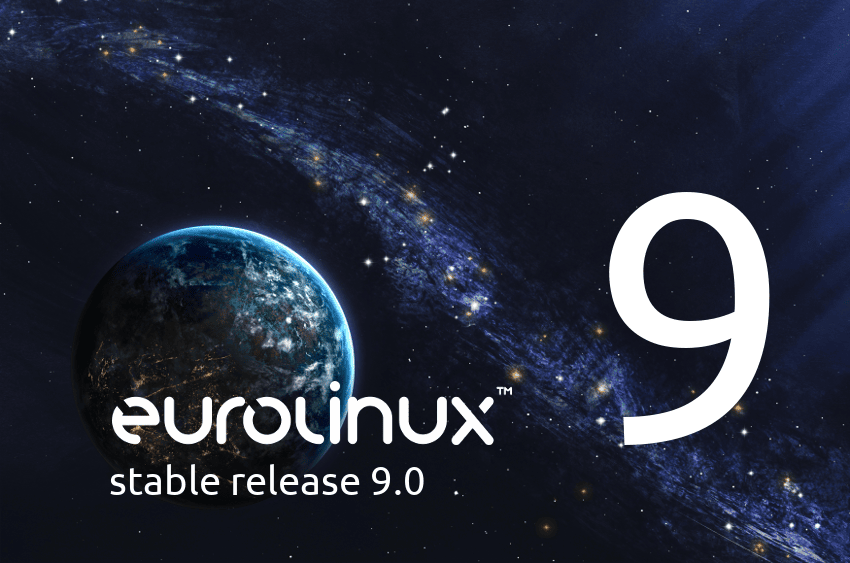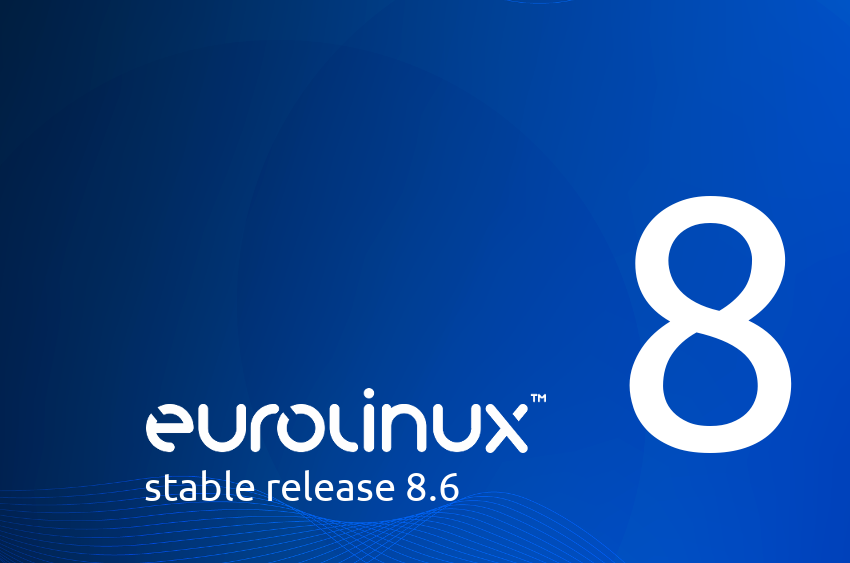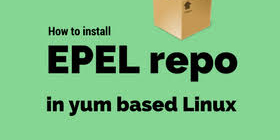 Red Hat Enterprise Linux (RHEL) 9’a dayalı olarak gelen Miracle Linux‘un 9.0 sürümü duyuruldu. Uzun süreli destek sürümü olarak kullanıma sunulduğu belirtilen yeni sürüm, CentOS’un tahtına göz dikmiş görünüyor. Miracle Linux; Miracle Linux Standard Edition’a dayalı olarak gelen Samba için Miracle Linux, PostgreSQL için Miracle Linux, Oracle ile Miracle Linux ve Miracle Linux Server OS sürümlerine sahiptir. IA-64 platformu ve kümeleme yeteneklerine sahip kritik görev uygulamaları için yeni sürümlerin şu anda geliştirildiği belirtilirken, 7 no’lu sürümden itibaren Miracle Linux’un dağıtımı artık kendi orjinal adı altında değil, Asianux adı altında dağıttığı ifade ediliyor. Asianux, Çin’in önde gelen Linux satıcısı Red Flag Software Co. Ltd. ve Japon Linux satıcısı Miracle Linux Cooperation tarafından ortaklaşa geliştirilen ve Asya’daki Kurumsal sistemler için ortak standart kurumsal Linux platformunu hedefleyen bir Linux sunucu işletim sistemi olmaktadır. Red Flag Software ve Miracle, Asianux’u Çin ve Japonya’daki her Linux dağıtım paketinde herhangi bir değişiklik yapmadan dağıtma ve pazarlama kararı almıştır. RHEL 9 gibi Linux çekirdeği 5.14’ü benimseyen Miracle Linux 9.0, OpenSSL gibi ana paketlerin sürüm yükseltmelerine ek olarak, SELinux’un performans iyileştirmesi, güvenli önyükleme desteği vb. son kurumsal sistemlerde özellikle önemli geliştirmelerle geliyor. Sürümü çıkaran Cybertrust, 10 yıllık uzun süreli destekle, Miracle Linux 9.0’a 2032 yılına kadar paket güncellemeleri ve güvenlik yamaları sağlayacağını belirtiyor. Cybertrust, CentOS Linux kullanan kurumsal kullanıcılar için sistemlerin sürekli çalışmasını destekleme politikası kapsamında CentOS desteğini genişlettiğini de duyurdu. Miracle Linux 9.0 hakkında bilgi edinmek için sürüm duyurusunu inceleyebilirsiniz.
Red Hat Enterprise Linux (RHEL) 9’a dayalı olarak gelen Miracle Linux‘un 9.0 sürümü duyuruldu. Uzun süreli destek sürümü olarak kullanıma sunulduğu belirtilen yeni sürüm, CentOS’un tahtına göz dikmiş görünüyor. Miracle Linux; Miracle Linux Standard Edition’a dayalı olarak gelen Samba için Miracle Linux, PostgreSQL için Miracle Linux, Oracle ile Miracle Linux ve Miracle Linux Server OS sürümlerine sahiptir. IA-64 platformu ve kümeleme yeteneklerine sahip kritik görev uygulamaları için yeni sürümlerin şu anda geliştirildiği belirtilirken, 7 no’lu sürümden itibaren Miracle Linux’un dağıtımı artık kendi orjinal adı altında değil, Asianux adı altında dağıttığı ifade ediliyor. Asianux, Çin’in önde gelen Linux satıcısı Red Flag Software Co. Ltd. ve Japon Linux satıcısı Miracle Linux Cooperation tarafından ortaklaşa geliştirilen ve Asya’daki Kurumsal sistemler için ortak standart kurumsal Linux platformunu hedefleyen bir Linux sunucu işletim sistemi olmaktadır. Red Flag Software ve Miracle, Asianux’u Çin ve Japonya’daki her Linux dağıtım paketinde herhangi bir değişiklik yapmadan dağıtma ve pazarlama kararı almıştır. RHEL 9 gibi Linux çekirdeği 5.14’ü benimseyen Miracle Linux 9.0, OpenSSL gibi ana paketlerin sürüm yükseltmelerine ek olarak, SELinux’un performans iyileştirmesi, güvenli önyükleme desteği vb. son kurumsal sistemlerde özellikle önemli geliştirmelerle geliyor. Sürümü çıkaran Cybertrust, 10 yıllık uzun süreli destekle, Miracle Linux 9.0’a 2032 yılına kadar paket güncellemeleri ve güvenlik yamaları sağlayacağını belirtiyor. Cybertrust, CentOS Linux kullanan kurumsal kullanıcılar için sistemlerin sürekli çalışmasını destekleme politikası kapsamında CentOS desteğini genişlettiğini de duyurdu. Miracle Linux 9.0 hakkında bilgi edinmek için sürüm duyurusunu inceleyebilirsiniz.
 Miracle Linux 9.0 edinmek için aşağıdaki linkten yararlanabilirsiniz.
Miracle Linux 9.0 edinmek için aşağıdaki linkten yararlanabilirsiniz.


 EuroLinux şirketi tarafından üretilen ve desteklenen, çoğunlukla Red Hat Enterprise Linux kodundan oluşturulmuş bir kurumsal sınıf
EuroLinux şirketi tarafından üretilen ve desteklenen, çoğunlukla Red Hat Enterprise Linux kodundan oluşturulmuş bir kurumsal sınıf 


 Resmi CentOS veya
Resmi CentOS veya